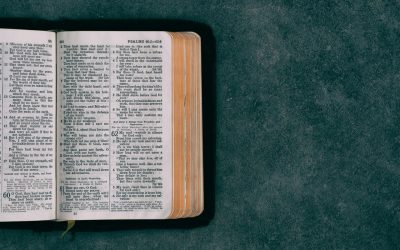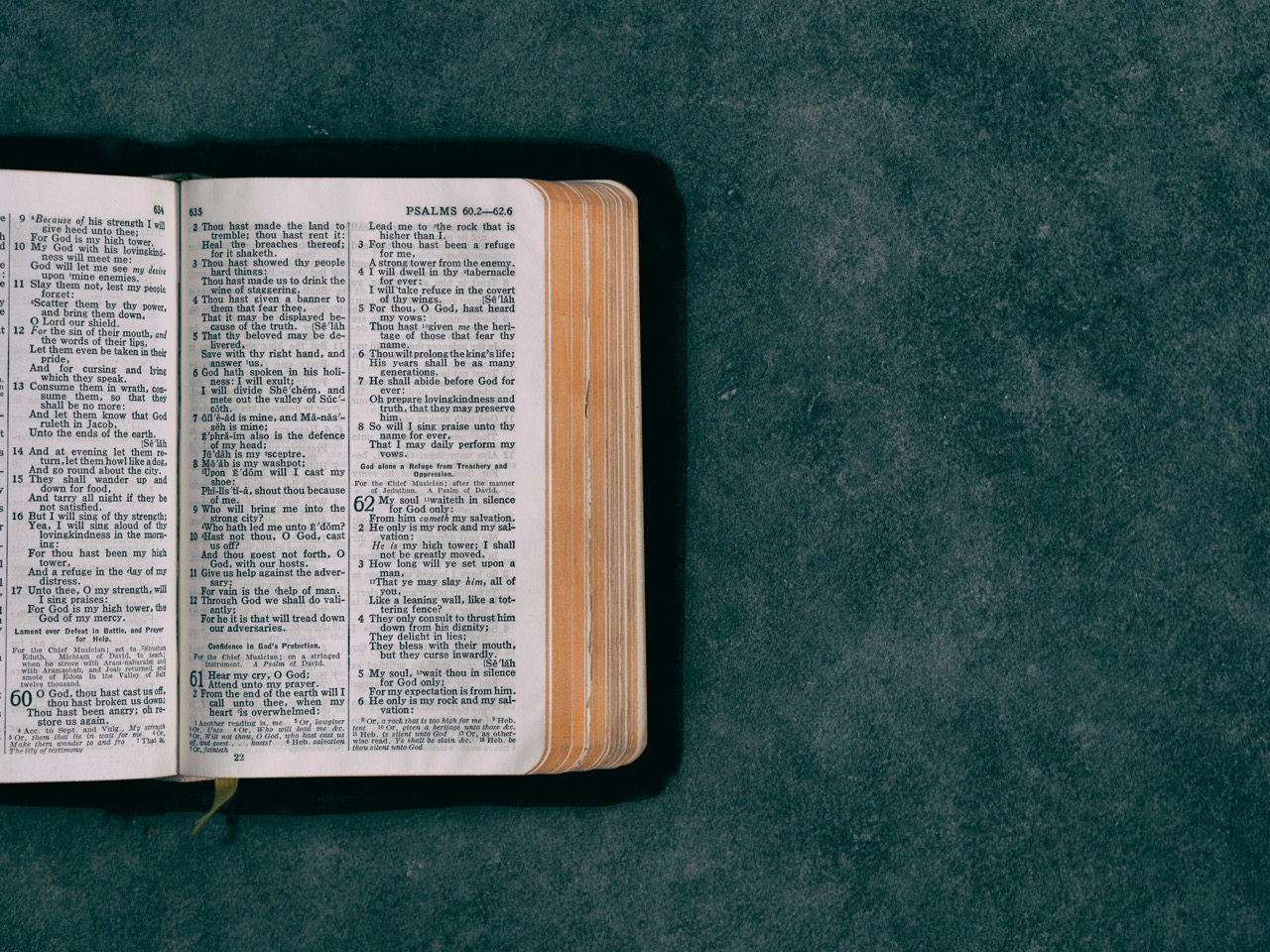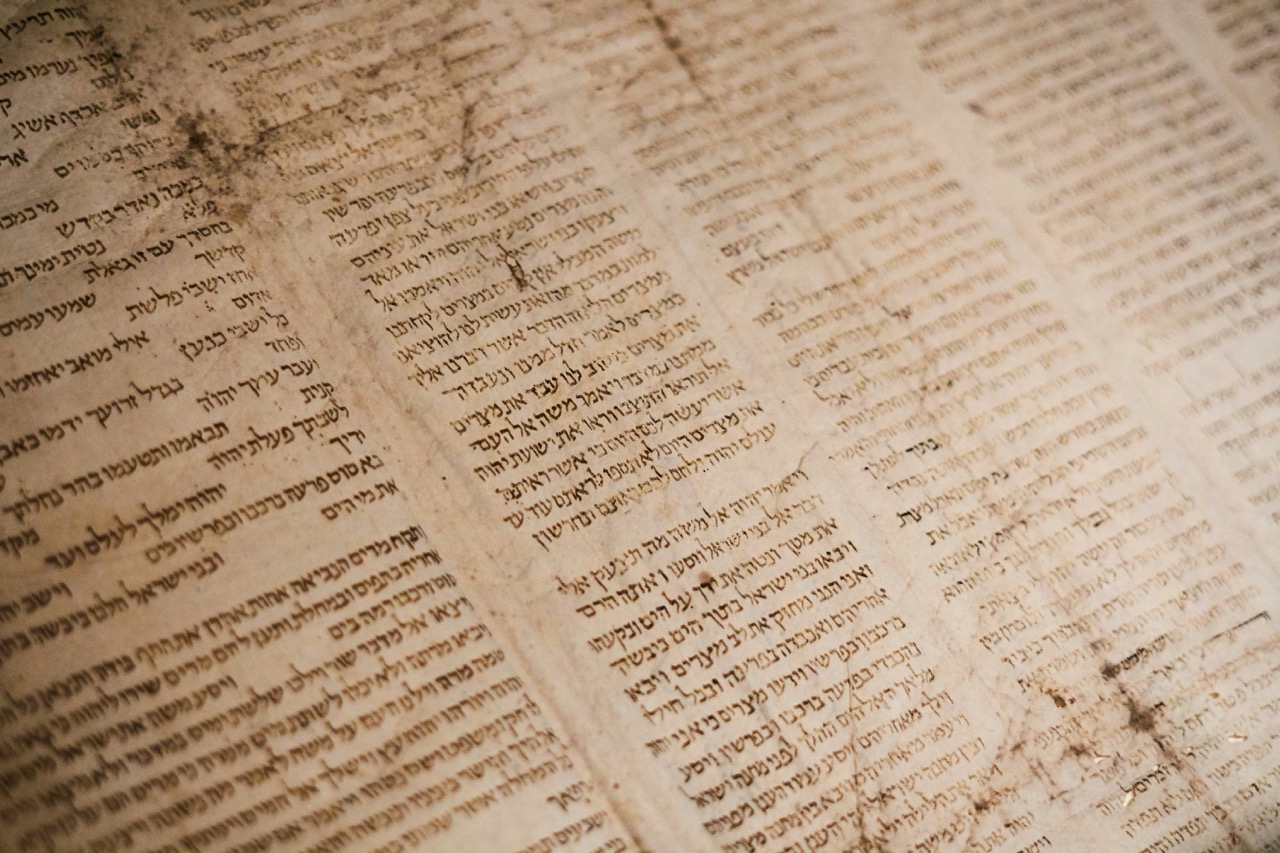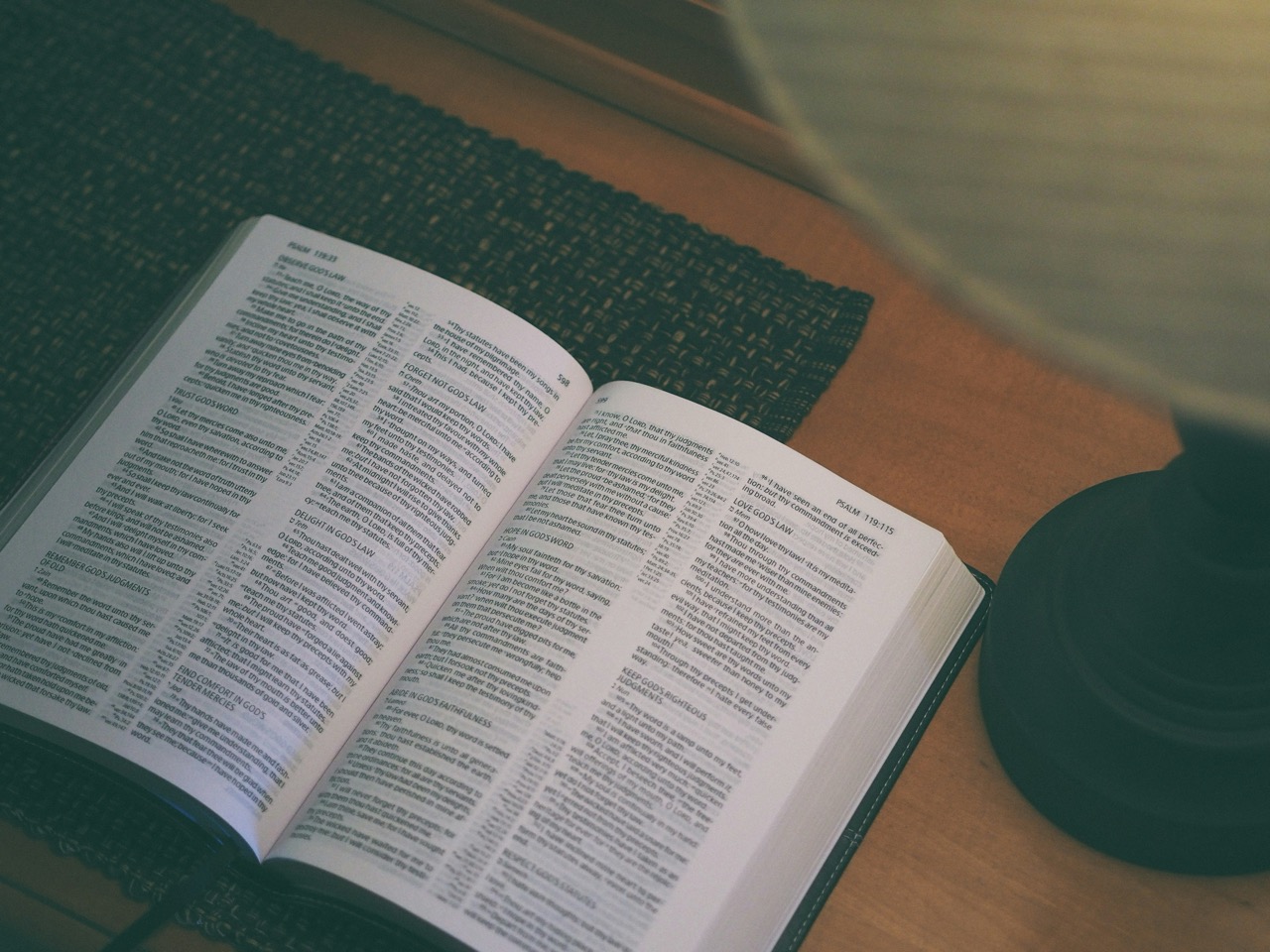How Christian Art Workshop Uses Light And Shadow In Sacred Art
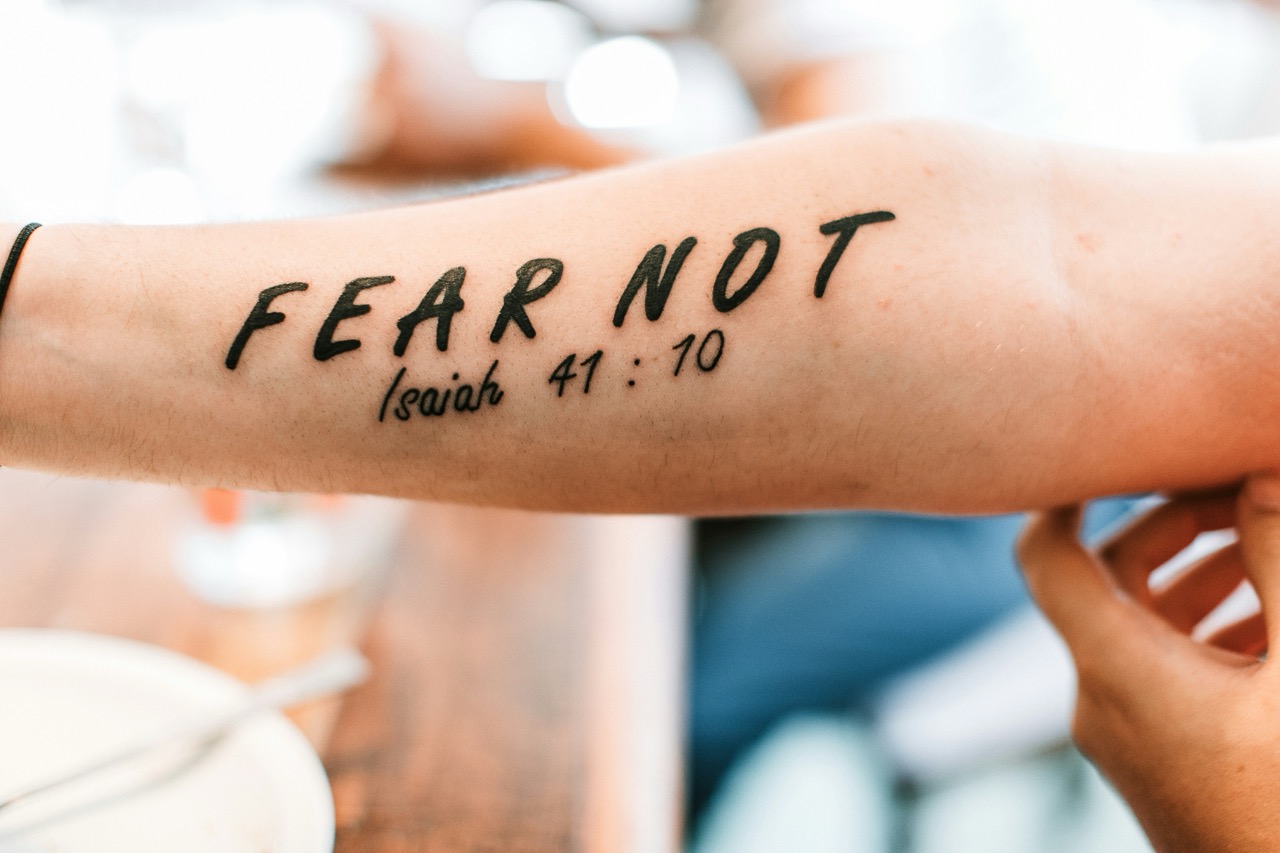
Christian art has long been a medium for expressing the divine, capturing the essence of faith through rich imagery and symbolism. Among the many techniques employed by artists, the interplay of light and shadow stands out as a powerful tool for conveying spiritual themes. This article delves into how Christian Art Workshops harness this age-old technique to create sacred art that resonates with viewers on a profound level.
Exploring the Divine: Light and Shadow in Christian Art
Light has always been a symbol of the divine in Christian theology, representing purity, truth, and the presence of God. Artists in Christian Art Workshops often utilize light to illuminate figures and scenes, guiding the viewer’s attention to the central elements of the composition. By strategically placing light sources, artists can highlight the faces of saints, the gestures of prayer, or the open arms of Christ, evoking a sense of warmth and welcome.
Conversely, shadow plays an equally crucial role in this artistic expression. It serves to create depth, contrast, and mood. Shadows can cloak figures in mystery, prompting viewers to contemplate the human experience of struggle and redemption. For instance, the use of chiaroscuro—a technique that contrasts light and dark—can evoke a sense of emotional turmoil or divine intervention, allowing viewers to engage with the spiritual narrative on a deeper level.
The balance of light and shadow in Christian art is not merely a technical consideration; it also has theological implications. Many artists believe that light represents God’s grace, while shadows signify the trials of life. This duality invites viewers to reflect on their own spiritual journeys, making the artwork not just a visual experience but also a meditative one. In this way, Christian Art Workshops create a dialogue between the art and its audience, fostering a deeper understanding of faith.
Techniques in Focus: Crafting Sacred Moments with Light
In Christian Art Workshops, artists employ various techniques to manipulate light and shadow effectively. One common approach is the use of natural light sources, which can add a sense of realism and immediacy to the artwork. By painting scenes that reflect the changing light of the day, artists can create a dynamic atmosphere that invites the viewer to step into the narrative. This technique is particularly effective in depicting biblical events, such as the Transfiguration or the Nativity, where the play of light symbolizes divine presence.
Another technique is the application of glazing, where translucent layers of paint are used to build up luminosity. This method allows artists to create a rich, glowing effect that can make the figures appear almost ethereal. The use of glazing is particularly impactful in portraying scenes of worship or adoration, as it enhances the spiritual ambiance and draws the viewer’s eye toward the sacred focal points. This careful layering also creates a tangible connection between the viewer and the divine, inviting a sense of reverence.
Moreover, workshops often emphasize the importance of composition in relation to light and shadow. Artists learn to arrange elements within a scene to guide the viewer’s gaze. Whether through leading lines, triangular compositions, or the strategic placement of figures, the intention is to create a visual journey that reflects the narrative’s spiritual depth. This thoughtful arrangement ensures that the light and shadow work in harmony, enhancing the overall message of the artwork and making the sacred moments truly unforgettable.
The use of light and shadow in Christian art is not merely an aesthetic choice; it is a profound means of communicating spiritual truths and inviting viewers into a deeper relationship with the divine. Through the techniques practiced in Christian Art Workshops, artists bring together these elements to craft works that resonate with both beauty and meaning. As we explore these sacred creations, we are reminded of the light that guides us through darkness and the shadows that challenge our faith, ultimately enriching our spiritual understanding and experience.
